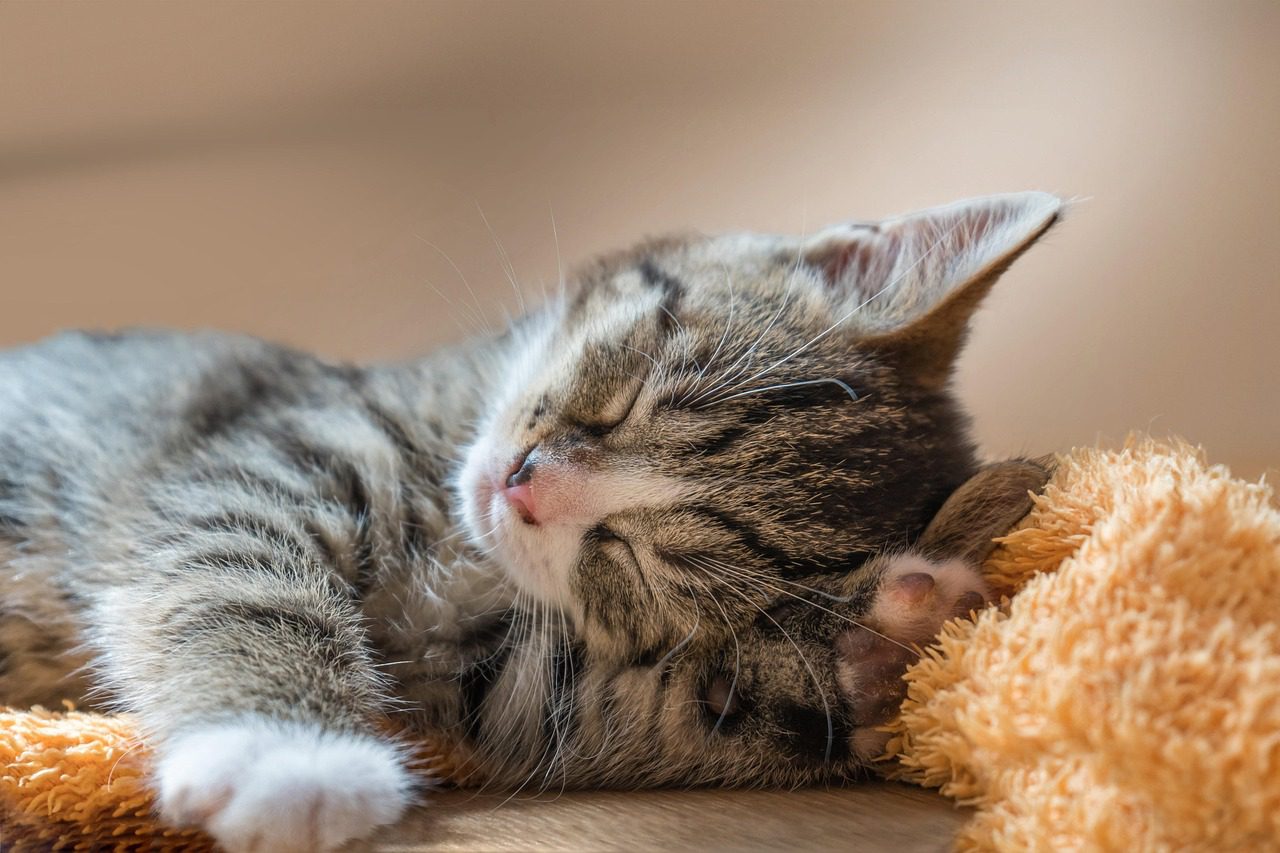“He’s made his skin raw.”
Vic the labrador had been worrying at one small place on his knee, until it was bald and sore, and now he had started on a new area nearby.
Vic has beautiful manners, and is in supremely fit condition. I was able to solve his problem quite easily, by clearing his blocked anal glands.
Anal glands are a piece of anatomy that cats and dogs have, but people don’t. They are a place for making scent material for territory marking. Skunks use theirs to defend themselves, as the scent is so unpleasant it deters potential predators!
I also find the smell pretty much a deterrent, and learnt early in my career to breathe exclusively through my mouth, and not my nose when dealing with anal glands. However, as the gland material quite often sprays off in an uncontrolled manner when a vet clears it, it is vital not to have one’s mouth too wide open. I have known vets ending up with it in their mouths, and I’m told it’s seriously unpleasant!
Clearing the anal glands of a pet looks like a simple task when performed by a vet like myself who has been doing a few a day for years. Many clients try to learn. But it can be a tricky task, requiring regular practice to perfect.
Dogs and cats have two anal glands, placed just inside the anal sphincter. They are essentially like a balloon on a string. The gland is quite elastic, and enlarges as the scent material is formed inside.
They should empty naturally, via a short tube that exits near the anus, as a bowel movement passes by. When something interferes with natural emptying, the scent material can build up, creating a painful pressure. Animals will try to relieve this pressure by scooting, or chewing at themselves, but this is often ineffective. Sometimes the pressure is so bad that the gland may get infected or even burst.
Luckily, as with Vic, a vet like myself can usually solve the problem.




